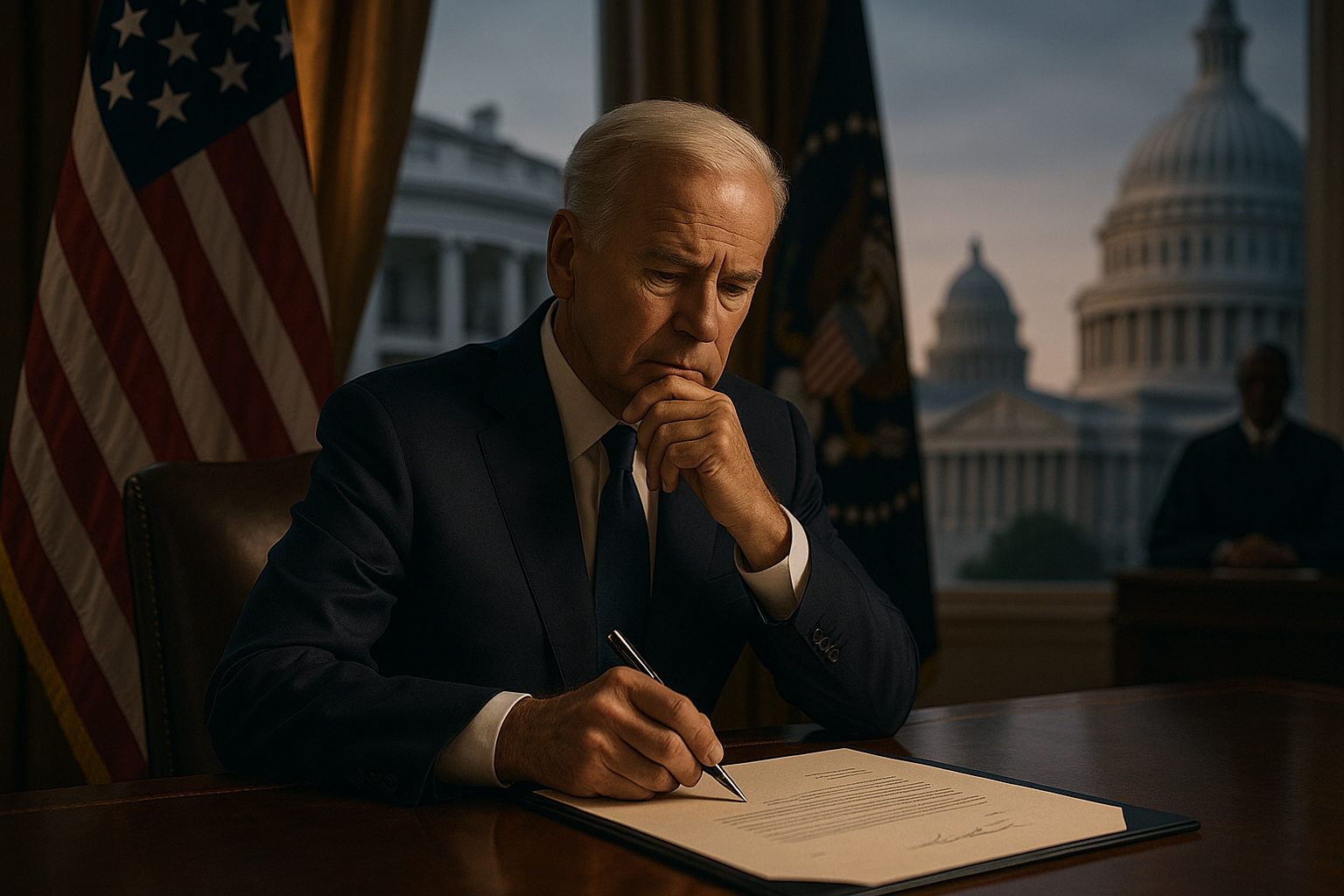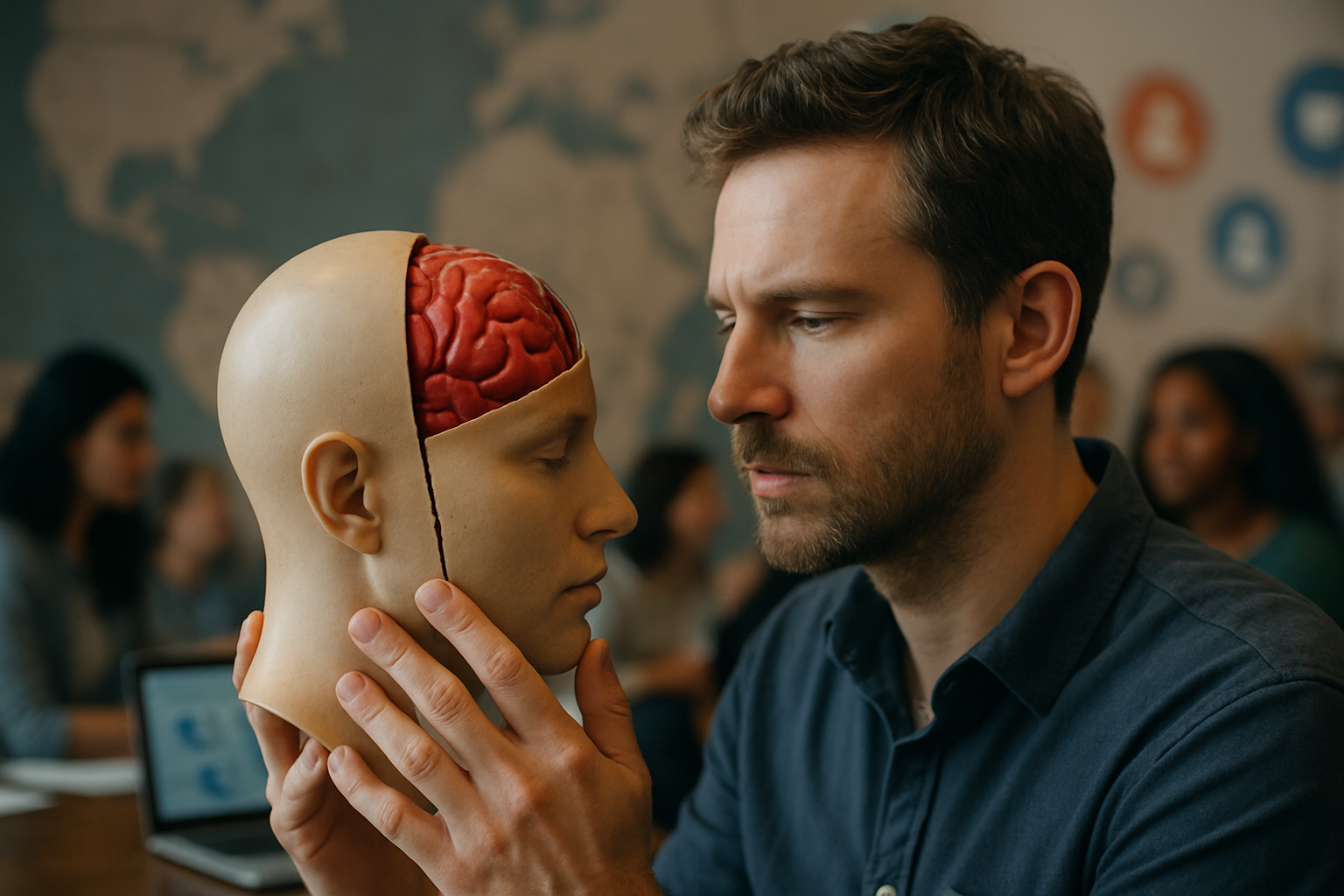Reassessing the Role of Executive Orders in US Governance
The executive order, a powerful tool in the president's arsenal, has long been a subject of debate in the United States. This article will delve into the historical background, current developments, and societal implications of these unilateral directives.

An Overview of Executive Orders
The Executive Order, an instrument for the president to govern unilaterally, has been a part of American governance since the birth of the Constitution. Its roots can be traced back to Article II, Section 1 of the Constitution, which vests “executive power” in the president. However, the Constitution does not explicitly define the scope of this power, leading to varying interpretations over the years.
Rise in Use and Controversy
In the past decades, presidents have increasingly resorted to executive orders to bypass legislative gridlock. This development has sparked debates about the balance of power in the US government, with critics arguing that some orders overstep the boundaries of executive power. For example, President Trump’s 2017 order banning travel from seven Muslim-majority countries sparked widespread protests and legal challenges.
Legal Debates and Challenges
Executive orders are legally binding and have the same force as laws passed by Congress. However, they can be challenged in court and overturned if they are deemed unconstitutional or violate existing laws. Recently, President Biden’s attempt to halt construction of the Keystone XL pipeline through an executive order faced legal challenges from several states.
Societal Implications and Impact
Executive orders can have far-reaching impacts on society. They can shape policies on matters ranging from civil rights and environmental protection to immigration and national security. However, their unilateral nature raises concerns about democratic accountability. Critics argue that such directives bypass the checks and balances designed to prevent the abuse of power.
Looking Forward: The Future of Executive Orders
The role of executive orders in US governance is likely to remain a hotly contested issue. While they can enable swift action on critical issues, their potential for misuse underscores the need for vigilance and robust legal checks. As such, the future may see renewed debates on the limits of presidential power and the role of executive orders in a democratic society.
In conclusion, executive orders represent a critical yet controversial aspect of American governance. Their increasing use has sparked debates about the balance of power in the US government and their impact on society. As we move forward, it is crucial to strike a balance between the need for effective governance and the principles of democracy and rule of law.




